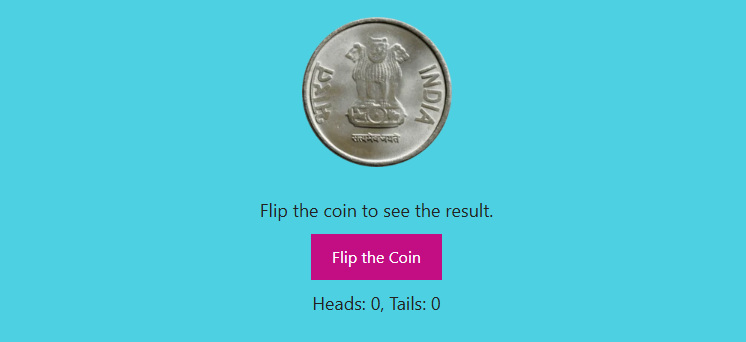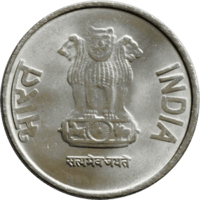The “Flip an Indian Coin” tool is designed for quick decision-making and entertainment. Whether you’re unsure about a choice, need a coin toss for a game, or are simply looking to experience an Indian coin flip online, this tool provides a realistic flip animation with every click.
Coin flipping, also known as “heads or tails,” has been around for centuries. While no exact historical record pinpoints when it began, evidence shows that people in ancient India and other parts of the world used coins to make decisions. The process was seen as a fair and unbiased way to determine outcomes, symbolizing impartiality and chance.

Ancient coins in India, minted during various dynasties like the Mauryas and Guptas, were sometimes used for similar purposes. These coins were made of different metals such as copper, silver, and gold, with distinct designs that made each coin unique. Some of these coins even bore symbols of religious significance, adding a deeper layer of meaning to the simple act of flipping them.
Why Do People Flip Coins?
At its core, coin flipping is a random method to resolve disputes or make quick decisions. The process is quick, easy, and usually seen as impartial, making it ideal for both trivial and significant choices. In India, coin flipping has evolved to represent more than just decision-making; it has become an intrinsic part of social interactions, entertainment, and even sports.
Coin Flipping in Indian Sports
One of the most popular and globally recognized uses of coin flipping in India is during cricket matches. Cricket, being the country’s most cherished sport, often begins with a coin toss to decide which team bats or bowls first. This simple act is televised, discussed, and sometimes even analysed for its impact on the game. The coin toss in cricket is not just a decision-maker but a moment of suspense, anticipation, and excitement for millions of fans.
The Symbolism of the “Heads” and “Tails” in Indian Culture
In India, the terms “heads” and “tails” are more than mere coin sides. Heads often represent something positive, like a favourable outcome, while tails might imply a less favourable result. These interpretations vary depending on the context but add an element of symbolism to each flip, making it more than just a game of chance.
In many cultural references, heads could represent prosperity, a blessing, or a “yes” to a decision. Conversely, tails might symbolize uncertainty or a challenge. The outcomes are not binding, yet they hold a certain weight, especially in the context of friendly or familial debates.
Types of Indian Coins Used for Flipping
In India, people commonly use modern coins for flipping, typically one-rupee or two-rupee coins. These coins feature a detailed design with heads displaying the national emblem (usually the Ashoka Pillar) and tails often showing numerical values or symbols like the Rupee sign (₹). The variety of Indian coins also offers a unique visual aspect, making each toss visually engaging.
Older coins, such as the one paisa or anna coins, are sometimes used by older generations, adding a nostalgic element to the act. For enthusiasts, these vintage coins carry stories and memories, enhancing the flipping experience.
